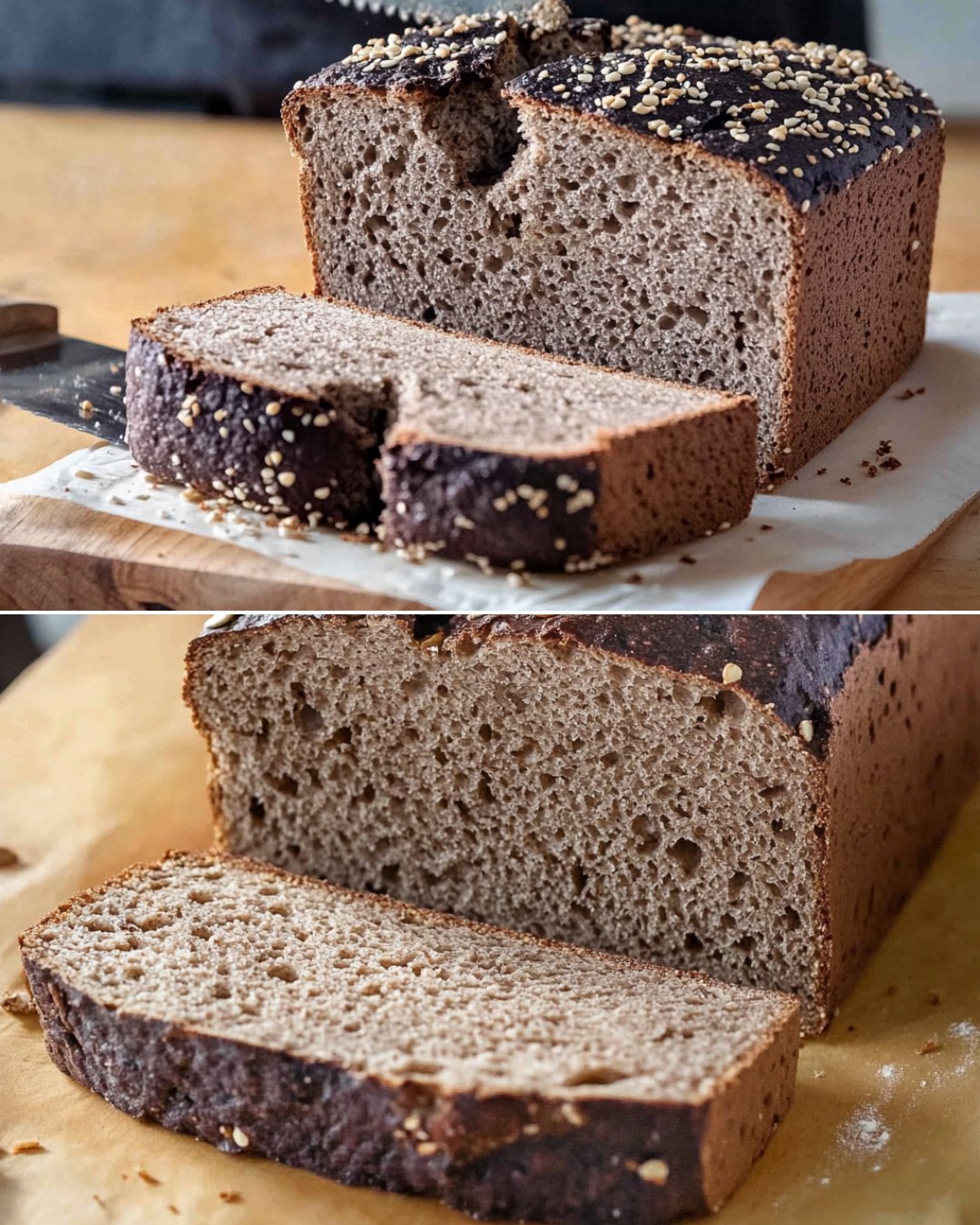ADVERTISEMENT
Instructions:
1. Prepare the Buckwheat:
- Start by rinsing the buckwheat groats thoroughly to remove any dust or impurities.
- Soak the buckwheat in water for about 12-24 hours. The soaking process helps activate the enzymes and bacteria that aid in fermentation. If you can, change the water a couple of times during this period to keep things fresh.
2. Blend the Buckwheat:
- Once the buckwheat has soaked, drain it well and transfer it to a blender or food processor.
- Add a small amount of water (just enough to blend), and blend until smooth. The consistency should resemble a thick pancake batter. Be patient, as it may take a minute to break down all the grains into a creamy mixture.
3. Begin the Fermentation:
- Transfer the buckwheat mixture to a clean bowl. Cover the bowl with a cheesecloth or a breathable kitchen towel to allow air to flow, which encourages the fermentation process.
- Let it sit in a warm, dry area for about 12-24 hours, depending on your climate. The longer you let it ferment, the more pronounced the flavor will be. You’ll notice the dough might bubble slightly or even smell a bit sour, which is perfectly normal—this is a sign that fermentation is taking place.
4. Preheat Your Oven:
- Once your dough is fermented, preheat the oven to 350°F (175°C). If you have a Dutch oven or a heavy pot, preheat it inside the oven as well, as it helps create a steamy environment for the bread.
5. Shape the Dough:
- After fermentation, give the dough a quick stir. If you feel the mixture is too runny, you can add a small amount of buckwheat flour (from the same buckwheat groats) to thicken it slightly.
- Shape the dough into a round or oval loaf and place it onto a piece of parchment paper.
6. Bake the Bread:
- Carefully transfer the dough (with parchment paper) into your preheated Dutch oven or baking dish. Cover the pot with its lid or another baking dish.
- Bake for 40-50 minutes, removing the lid halfway through baking to allow the bread to brown and form a crisp crust.
- When done, the bread should sound hollow when tapped on the bottom and have a firm, chewy texture.
7. Let it Cool:
- Allow the bread to cool completely before slicing. This is essential, as the texture will set as it cools. Fresh out of the oven, it may be a bit too soft to slice properly.
Why This Bread is So Special
- 1 Ingredient Simplicity: The beauty of this bread is that it’s made with just one ingredient—buckwheat. There’s no need for additional flours, binders, or preservatives, making it naturally gluten-free and simple.
- Fermentation Boosts Nutritional Value: Fermentation increases the digestibility of the bread and enhances the absorption of important nutrients. It’s a great option for those who want to add more probiotics and enzymes to their diet naturally.
- Versatile and Nutritious: This bread can be eaten on its own, used for sandwiches, or served as a side with soups and salads. It’s high in fiber, protein, and antioxidants, making it a nourishing addition to any meal.
Tips for Success
- Fermentation Time: Don’t rush the fermentation process. The longer it ferments, the better the flavor will be. You can let it ferment for up to 48 hours if you prefer a stronger sourdough-like taste.
- Flavor Variations: Feel free to experiment with adding herbs or spices to the dough for extra flavor. A little garlic powder, rosemary, or even ground flaxseeds can take the bread to the next level.
- Storage: Store this bread in an airtight container at room temperature for a few days, or freeze it for longer storage. Since it’s made with natural ingredients, it may not last as long as commercial gluten-free breads, but freezing it ensures you always have a loaf on hand.
Conclusion
Homemade fermented buckwheat bread is a perfect gluten-free bread option that’s simple, nutritious, and full of flavor. Made with just buckwheat and water, this bread is as minimalistic as it is rewarding. The fermentation process adds depth and digestibility to the bread, while the buckwheat itself packs in protein, fiber, and essential nutrients.
This recipe is ideal for anyone looking to enjoy fresh, homemade bread without gluten or complicated ingredients. So give it a try and savor the simplicity and goodness of one-ingredient bread—a truly wholesome treat!
ADVERTISEMENT
ADVERTISEMENT
